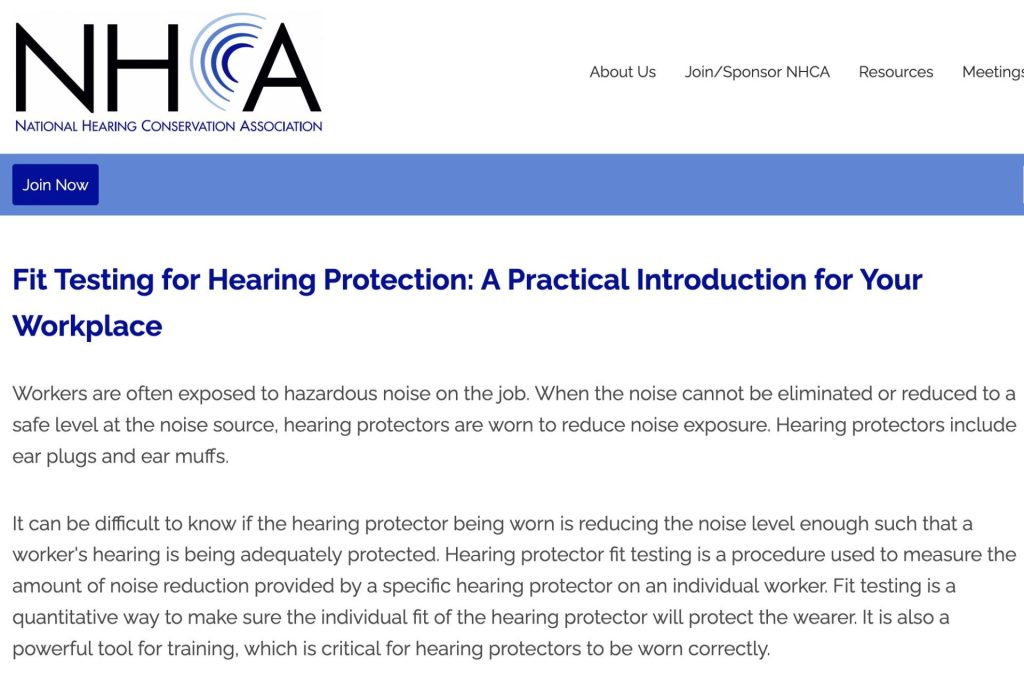
Os trabalhadores frequentemente estão expostos a ruídos perigosos no ambiente de trabalho. Quando não é possível eliminar ou reduzir o ruído na fonte, o uso de protetores auriculares, como tampões e abafadores, torna-se essencial para minimizar a exposição sonora.
Entretanto, garantir que o protetor auditivo está realmente oferecendo a proteção adequada pode ser desafiador. O teste de ajuste de protetores auditivos é um procedimento quantitativo que mede o nível de redução do ruído proporcionado por um dispositivo específico em cada trabalhador. Além de garantir a eficácia da proteção, esse teste é uma ferramenta poderosa para treinamento, assegurando que os equipamentos sejam utilizados corretamente.
O documento desenvolvido pelo National Occupational Research Agenda Hearing Loss Prevention Cross-Sector Council e disponibilizado exclusivamente pelo NHCA fornece informações detalhadas sobre o teste de ajuste, sua importância e instruções passo a passo para sua realização. Acesse o documento completo clicando aqui.
📢 Proteger a audição exige mais do que distribuir EPIs, exige controle e dados reais! Sua empresa já faz esse acompanhamento?
Para mais informações sobre como o safe.EAR pode beneficiar sua empresa, visite nosso site: https://laepi.com.br/safe-ear/
LAEPI
Único laboratório acreditado CGCRE INMETRO no Brasil para ensaios de atenuação de ruído em protetores auditivos
+15 anos na área de ruído ocupacional para indústrias
+100 clientes em todo Brasil
Equipe técnica qualificada sob supervisão do Eng Rafael Gerges e do Prof. Samir N. Y. Gerges, Ph.D.